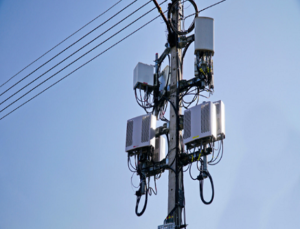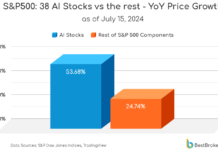
Backhaul will be even more critical for MNO competitiveness and ability to meet rising customer expectations in the 5G era than it has been under 4G.
The rapid expansion in spectrum and support for much greater diversity in use cases will strain backhaul capacity and demand extra layers of complexity to deliver on performance and flexibility. This will drive growth in capacity of backhaul links and changes in architecture as radio functions are separated from baseband signal processing to enable both to scale independently and be supplied by different vendors.
The drive for higher bit rates and capacity will accelerate growth of small cells that cut the distance between radio units and User Equipment (UE) and that will be the main driver of backhaul links over the next six years.
This is reflected in the latest RAN Research forecast entitled “small cells drive microwave backhaul boom”, and analysis of global backhaul trends until 2026 covering a major period of transition from 4G to 5G in most regions. The number of small cell backhaul links is forecast to grow almost nine times between 2019 and 2026 from 1.4 million to 12.27 million.

















